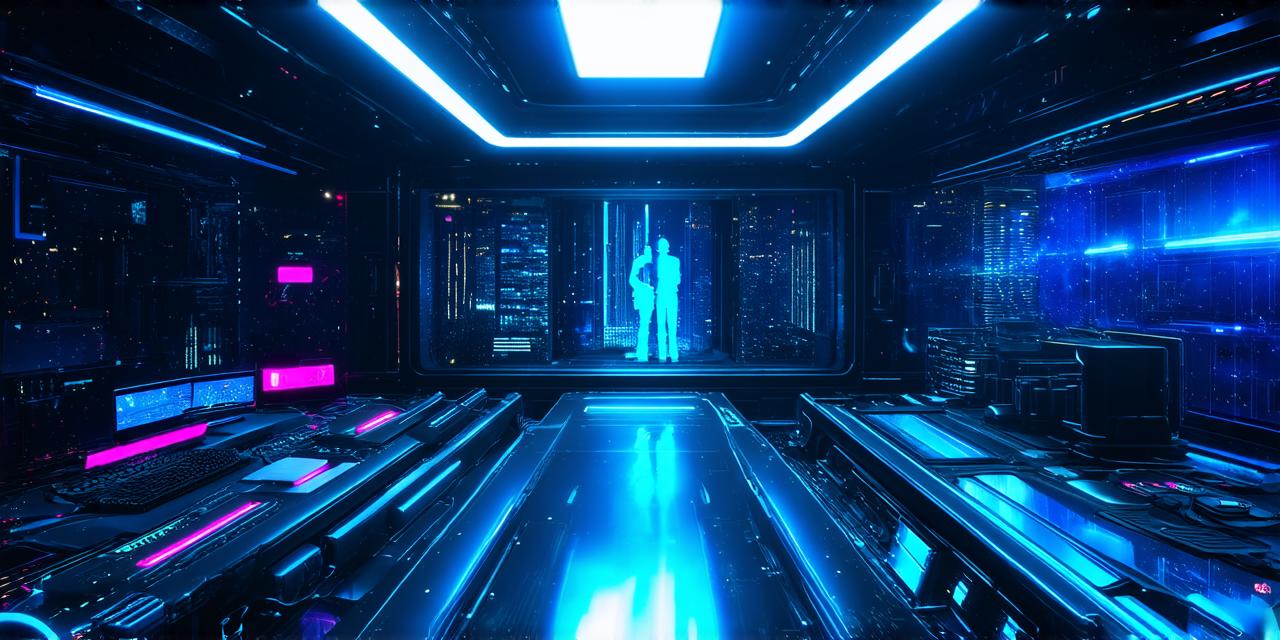
How Virtual Reality Operates
Virtual reality (VR) technology has been rapidly evolving over the past decade, and it’s now an integral part of our daily lives. From gaming to education to healthcare, VR is revolutionizing how we interact with the world around us.
What is Virtual Reality?
Virtual reality is an immersive computer-generated experience that simulates a physical environment in three dimensions. The user wears a head-mounted display (HMD) or headset, which tracks their movements and provides a realistic visual representation of the virtual world. This technology can be used for various applications, such as gaming, training, education, and more.
The Anatomy of VR Technology
Virtual reality technology comprises several components that work together to create an immersive experience for the user. These components include:
- Head-mounted display (HMD) or headset
- Motion tracking sensors
- Graphics processing unit (GPU)
- Central processing unit (CPU)
- Input devices, such as controllers or gloves
- Software and applications that run on the VR platform
The HMD is the most critical component of VR technology, as it provides the user with an immersive view of the virtual environment. The motion tracking sensors track the user’s movements and translate them into actions within the virtual world. The GPU and CPU work together to render the graphics and process the data in real-time. Input devices, such as controllers or gloves, allow users to interact with the virtual world. Finally, software and applications are designed specifically for VR platforms and can be customized to suit specific needs.

The Science Behind VR
Virtual reality technology works by manipulating the user’s senses, specifically their vision and hearing. The HMD projects images onto two screens, one for each eye, creating a stereoscopic effect that mimics the way our eyes work in real life. This illusion is further enhanced by the motion tracking sensors, which track the user’s movements and adjust the images accordingly.
In addition to vision, VR technology also uses audio cues to enhance the immersive experience. Headphones or speakers are used to provide 3D spatial audio that matches the location of virtual objects in the environment. This technology creates a more realistic and engaging experience for the user.
Real-life Applications of VR
Virtual reality technology has numerous applications across various industries, including gaming, education, healthcare, and more. In gaming, VR provides an immersive and interactive experience that can transport players into different worlds and environments. For example, VR games like “Beat Saber” and “Job Simulator” offer unique and engaging experiences that are difficult to replicate in traditional gaming platforms.
In education, VR technology can be used to create virtual field trips or simulations that allow students to learn about historical events or scientific concepts in a more interactive and memorable way. For example, the “Anatomomy Jones: Body Explorer” app uses VR technology to teach students about human anatomy by allowing them to explore the body in 3D.
In healthcare, VR technology can be used for training medical professionals or treating patients with phobias or anxiety disorders. For example, the “Full Body VR” platform allows doctors to simulate surgeries in a virtual environment, providing a safe and controlled learning experience.


